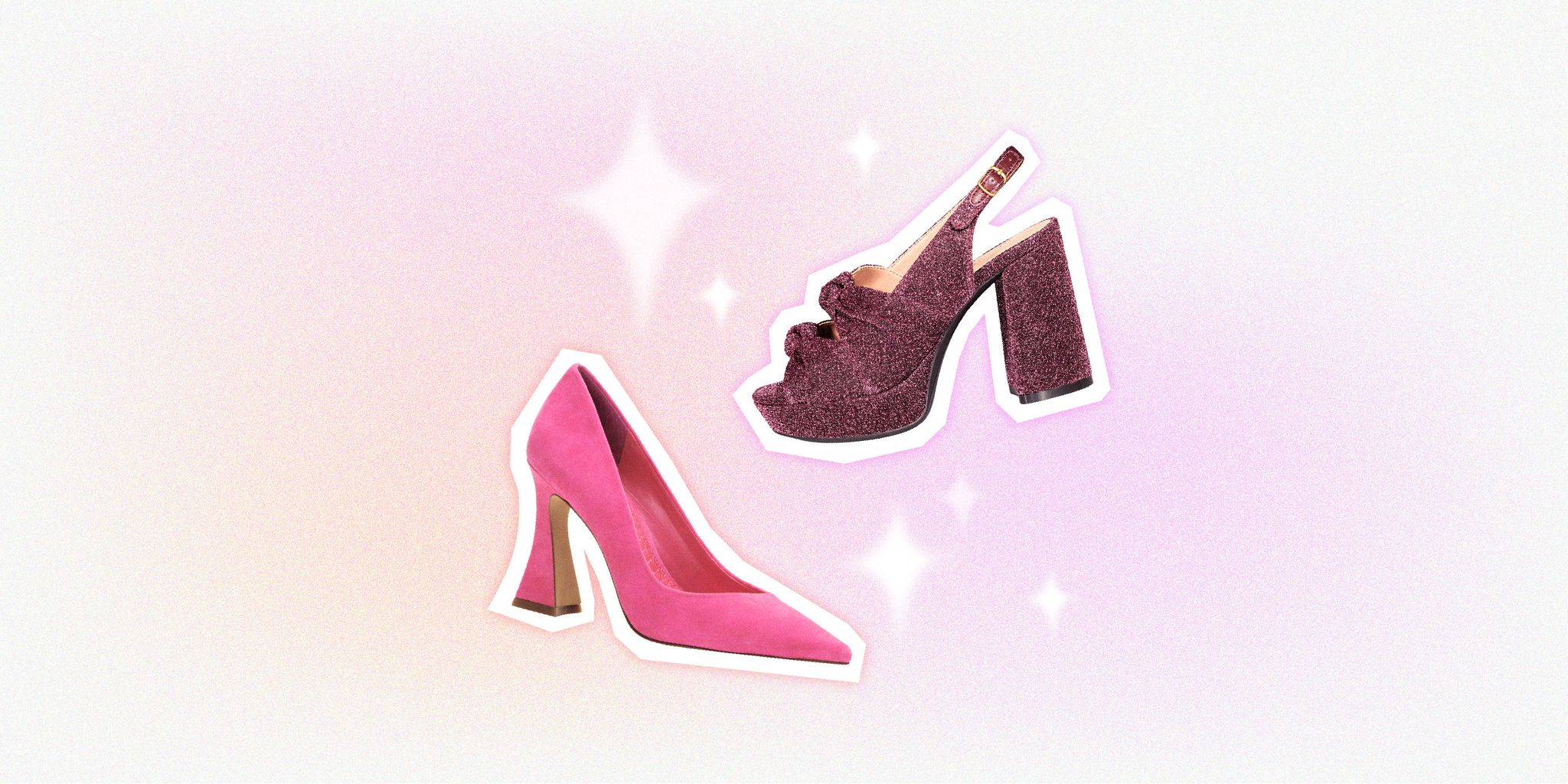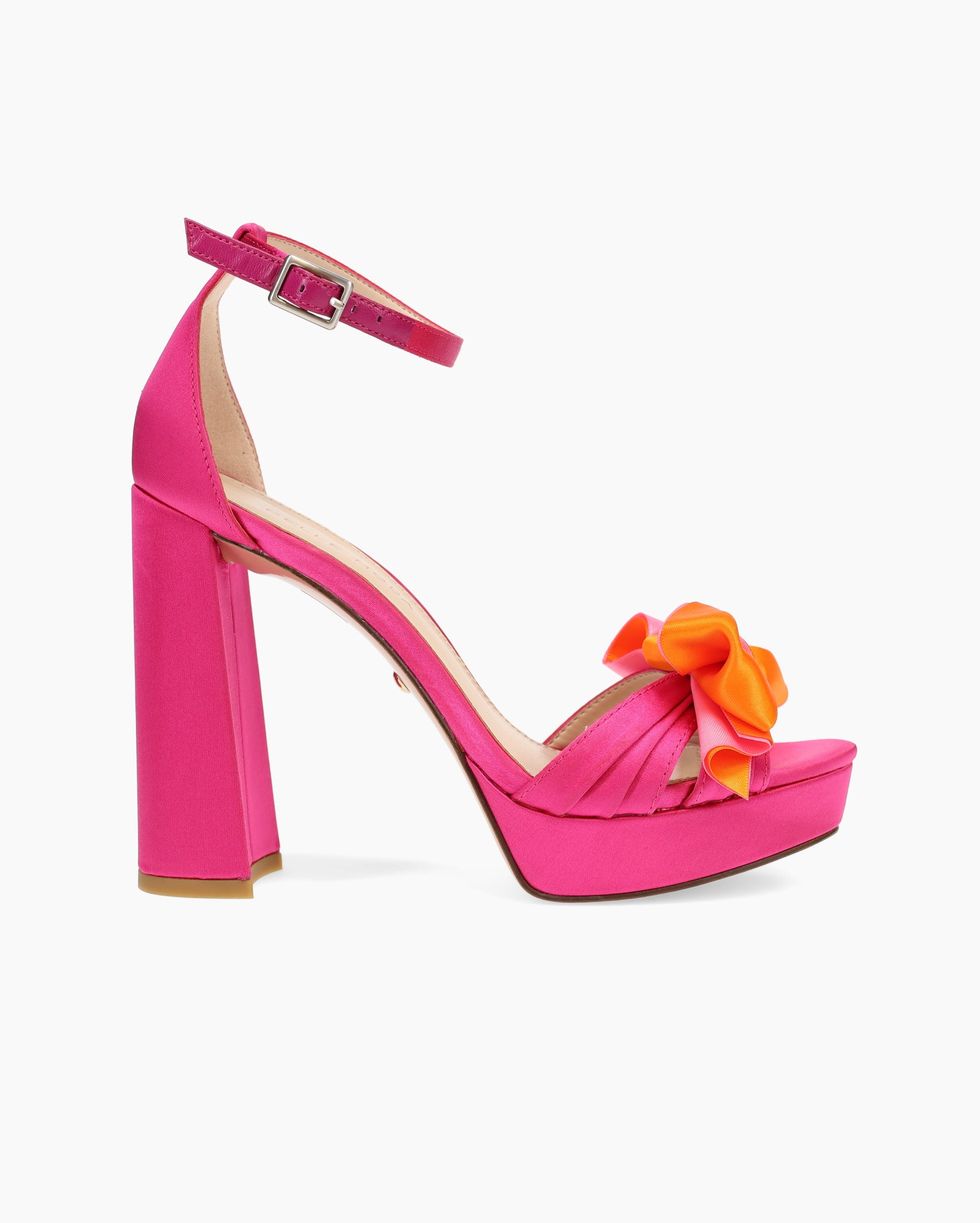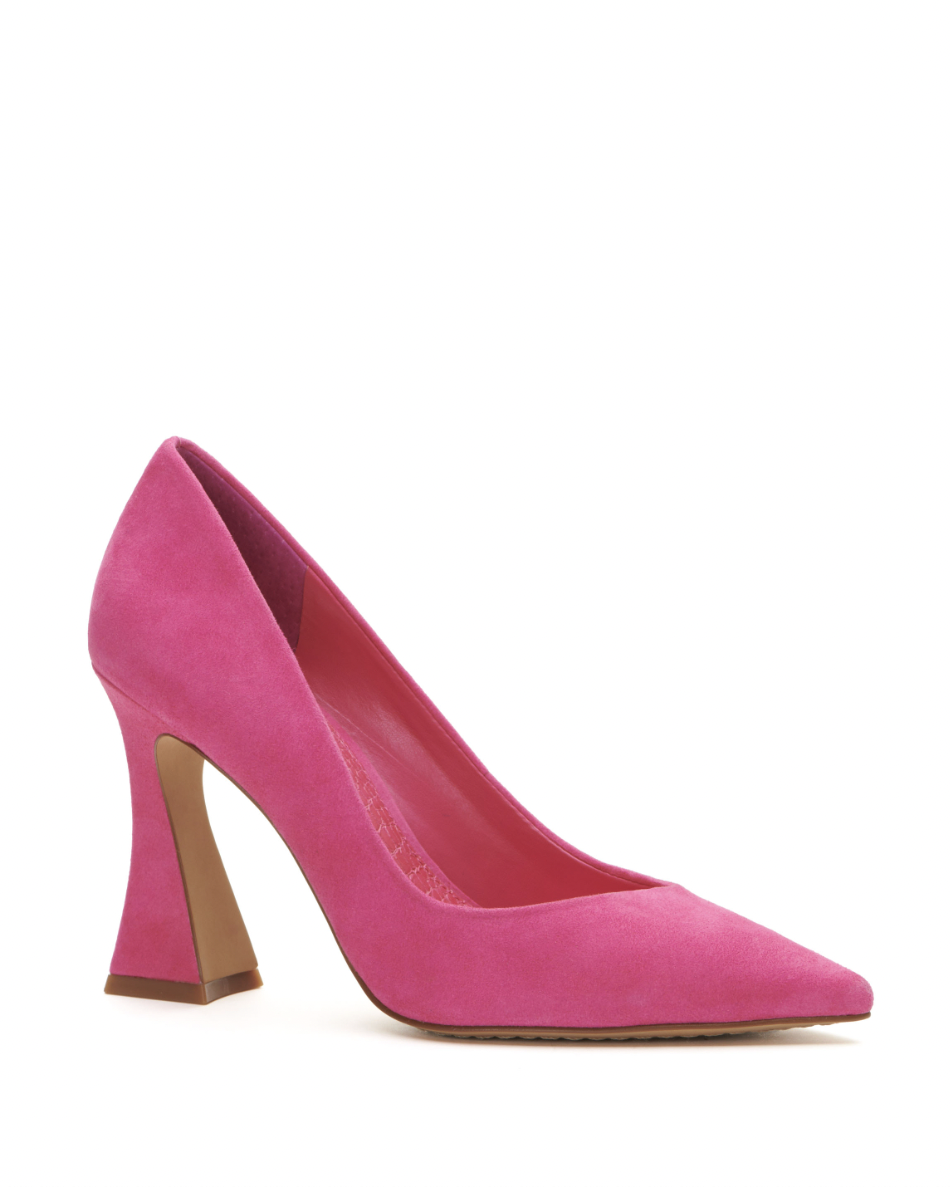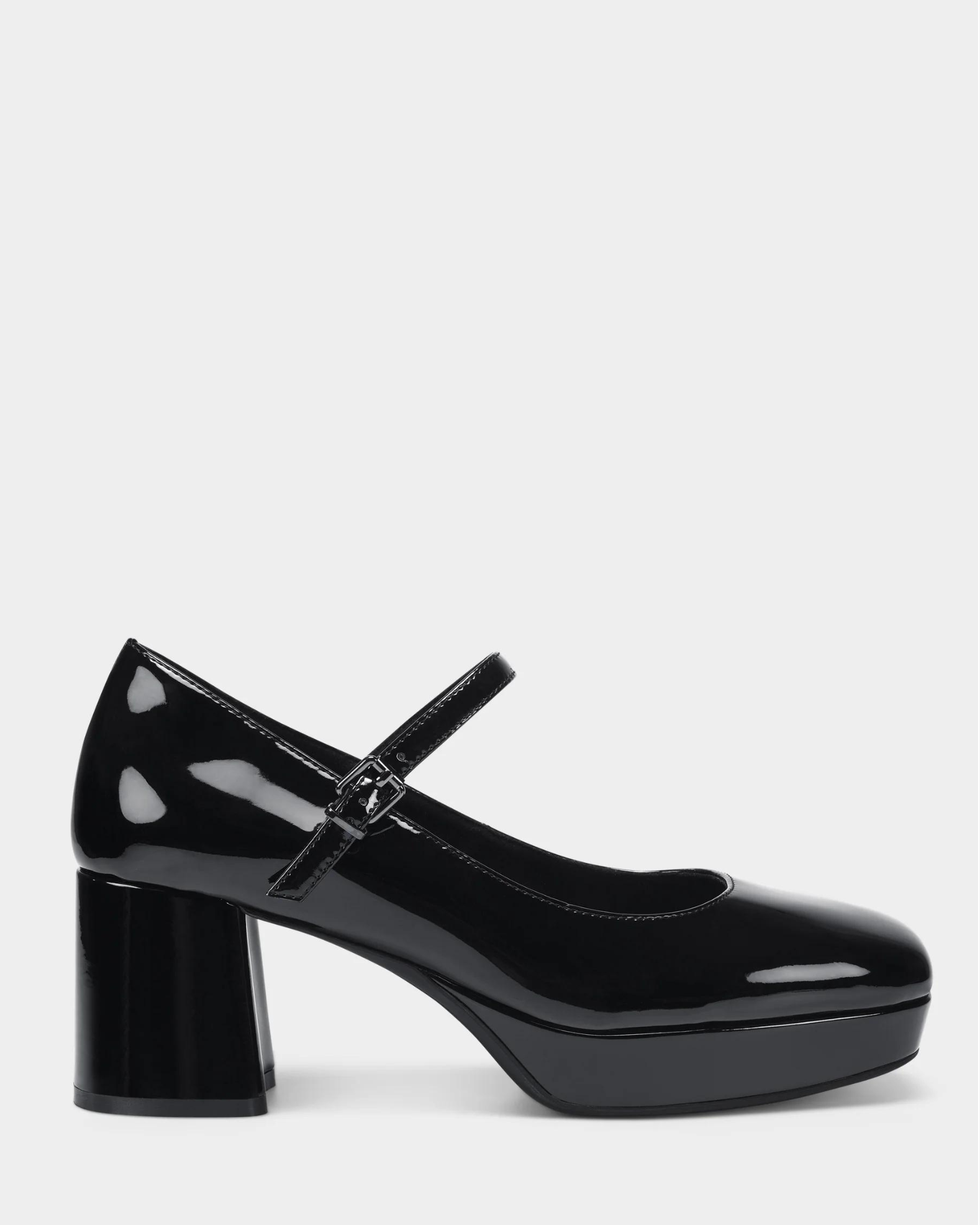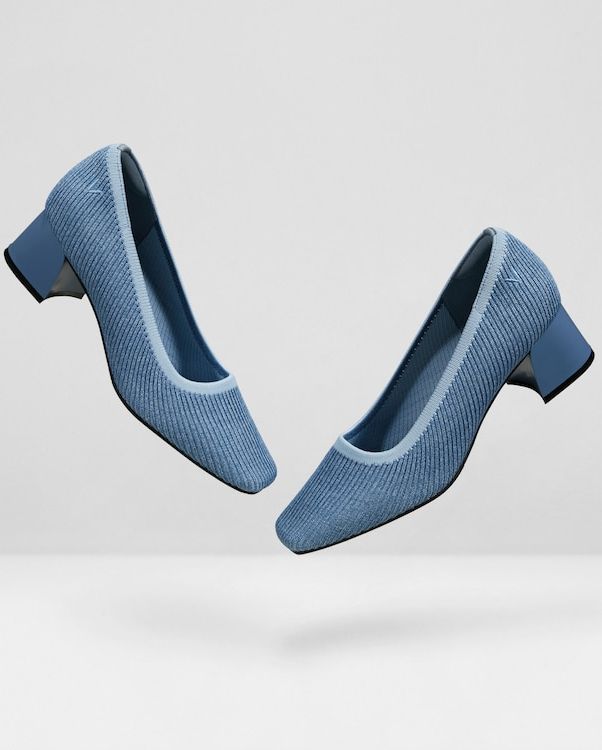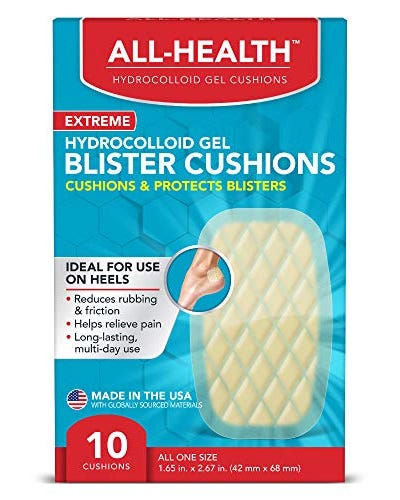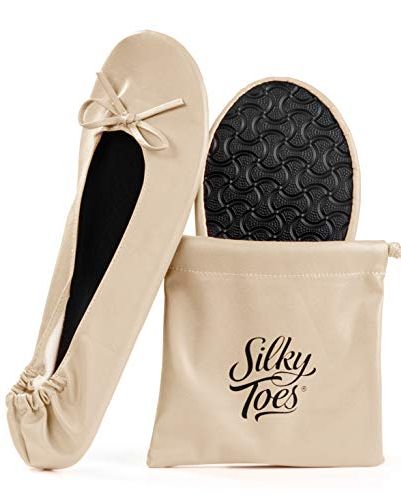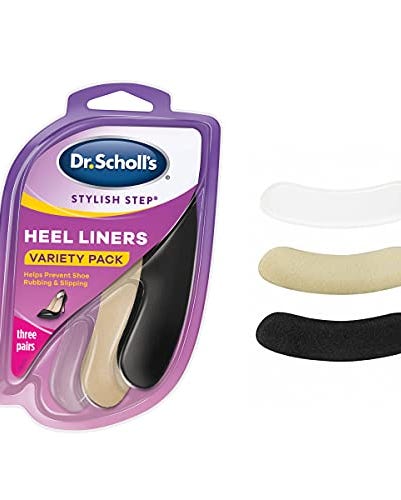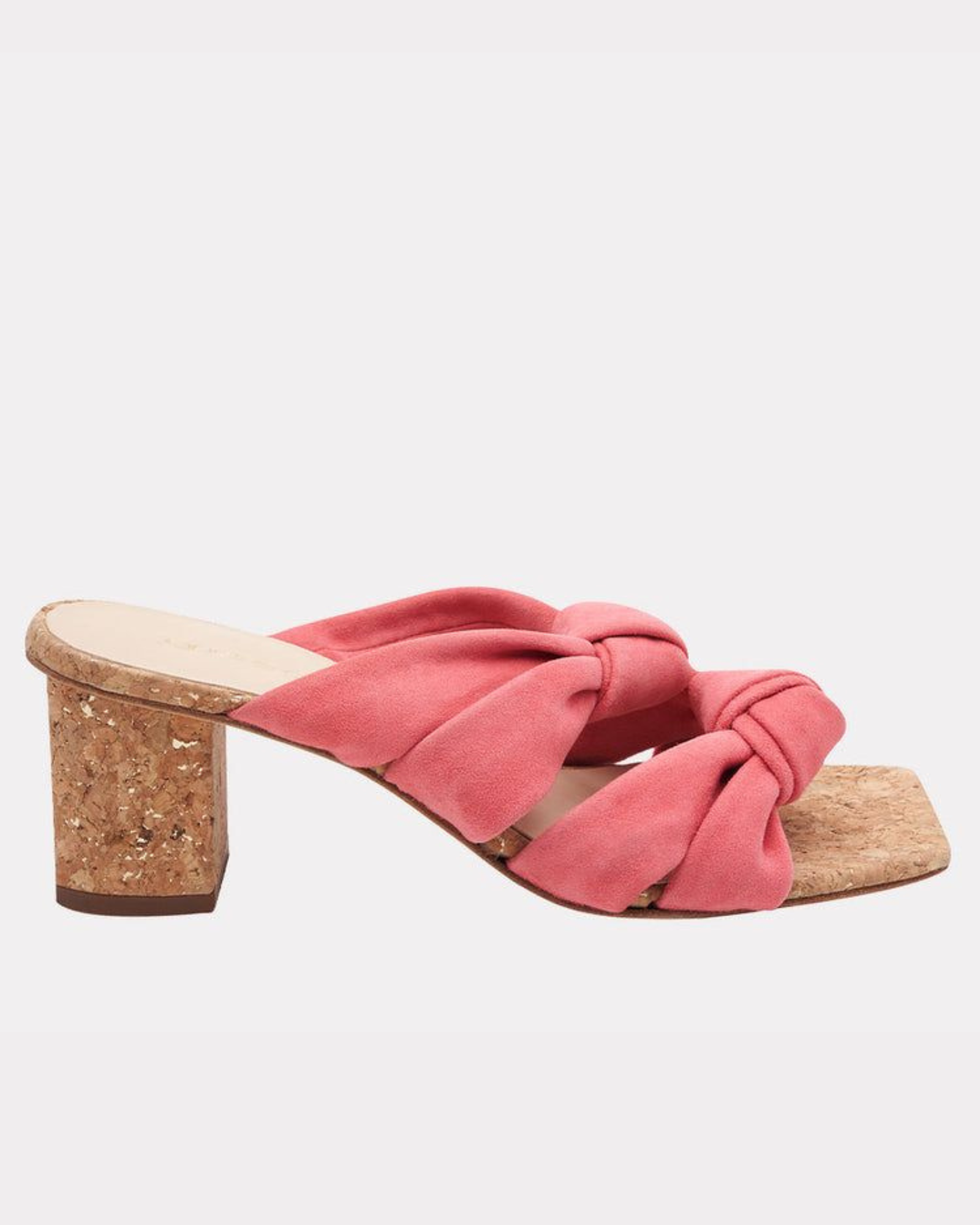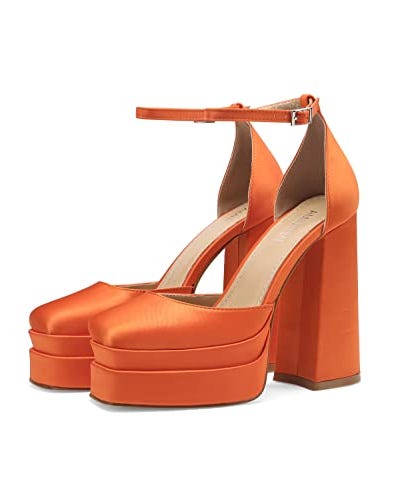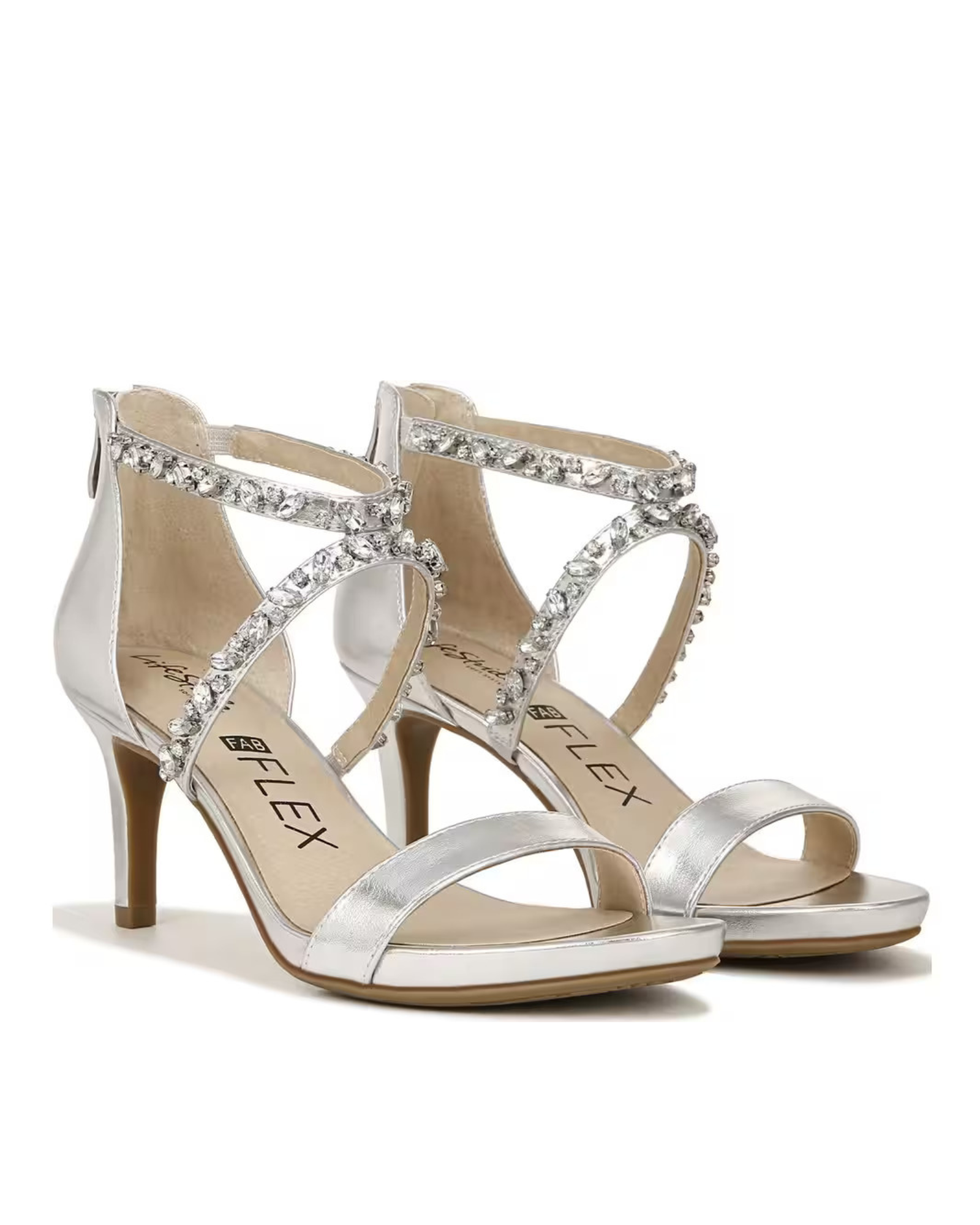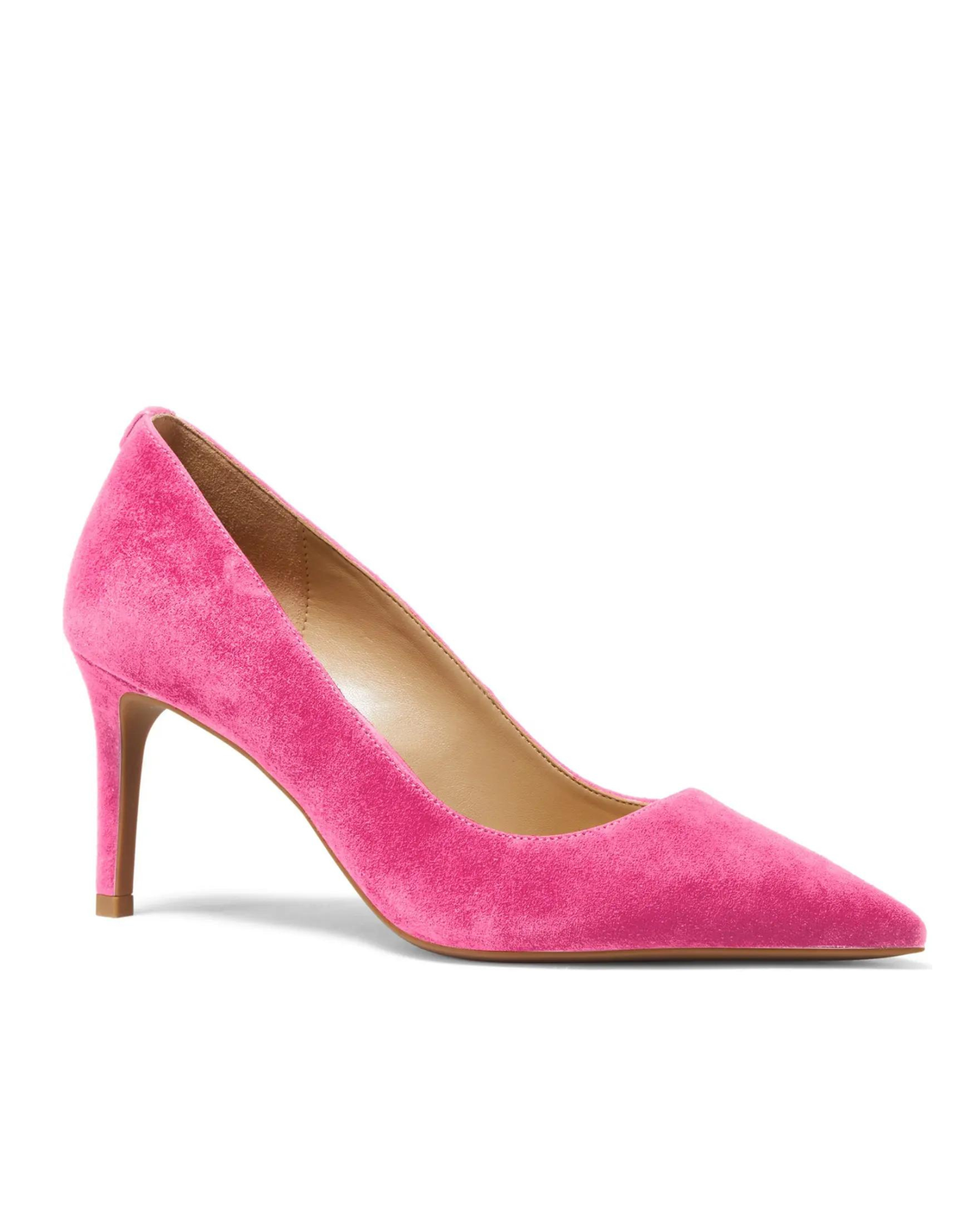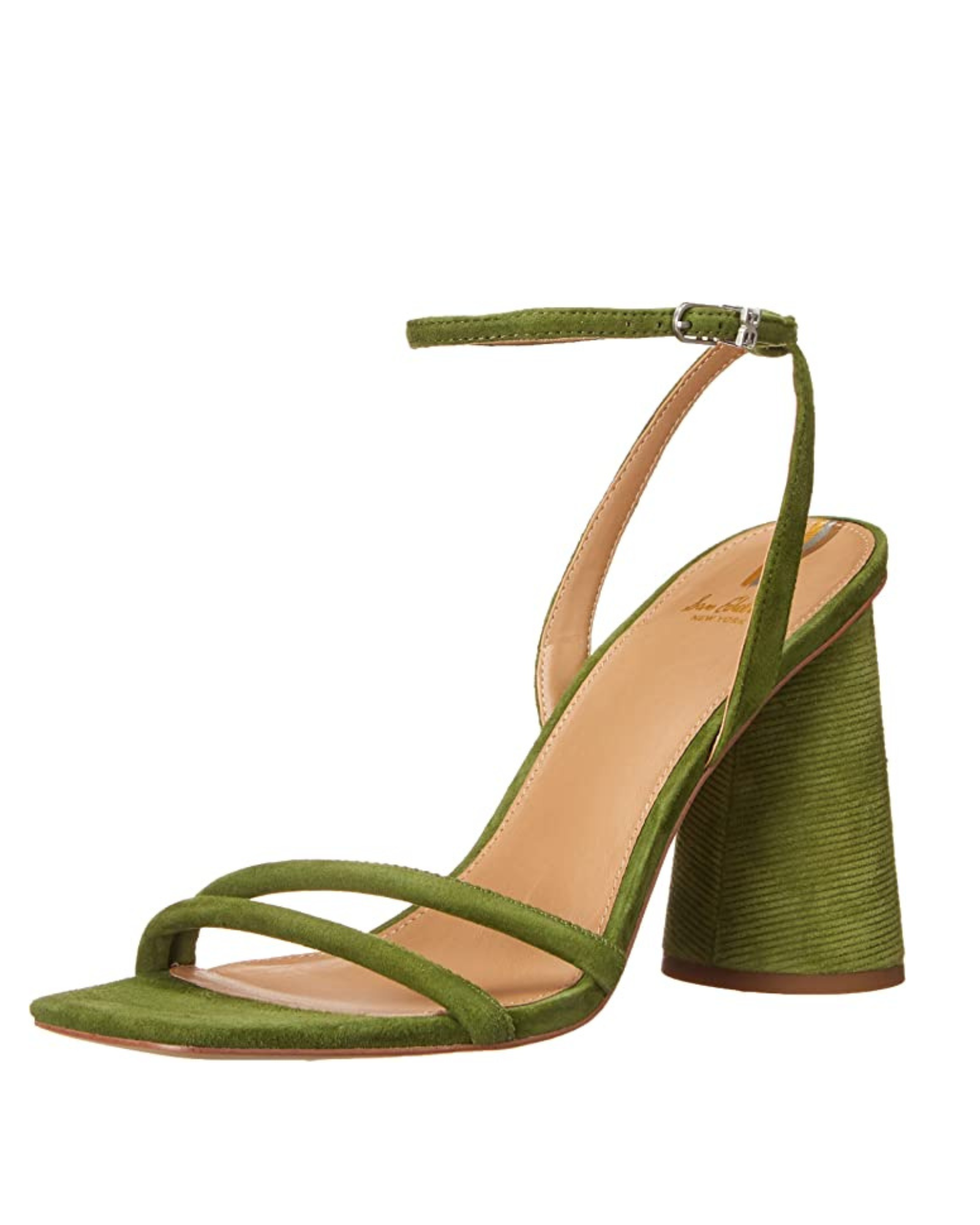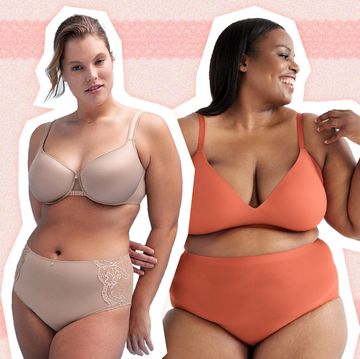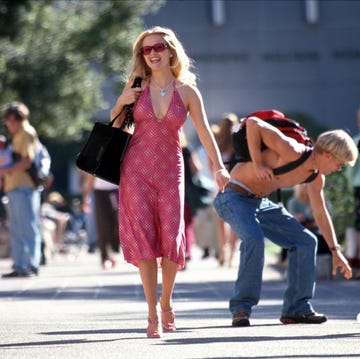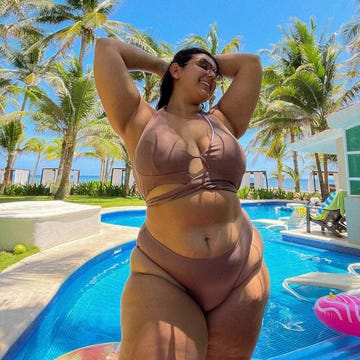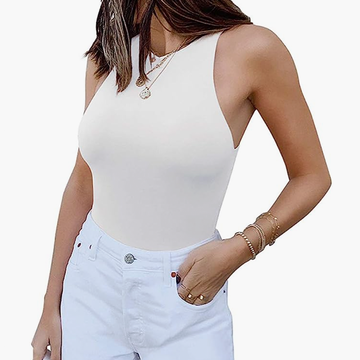Everyone has that one pair of special shoes that gives an instant boost of confidence. With the right footwear, even your walk to the bus stop can become a catwalk moment. But how do you exude that model-like confidence and grace as you figure out how to walk in high heels or pumps? After all, painful heels that pinch don't automatically put a smize on most faces.
Turns out that with the right tips and tricks, you'll be having your Euphoria moment strutting down the halls to AP Bio sooner than you realize. And if your daydreams are more along the lines of Belly and Conrad's debutant dance from The Summer I Turned Pretty, you'll be a step (😉) closer to recreating that magic at prom by mastering your heels — or at least picking out a pair that helps, rather than hurts, your strut.
For this ultimate guide to walking in heels, we tapped the expertise of podiatrists (ie. foot doctors) and a runway model to give us the inside scoop on how to walk in high heels, why different heel heights affect your body, where to stock up your heel emergency kit, and how to pick out the best pairs that'll feel (and look) incredible. Ready to unlock some serious high-heel prowess? Keep reading.
More From Seventeen

How are you supposed to walk in heels, anyways?
In order to strut your stuff properly in a pair of pumps, you'll need to lead with your heel — the heel of your foot, that is. "Walk heel first to gain more balance, because walking toe first will look awkward," explains fashion model Marygrace Tropeano. "The signature heel walk is putting one foot in front of the other. The heel must be controlled by you, not the other way around. Walking in heels should make you feel confident and powerful."
Simple enough, right? If you find that you struggle to smoothly walk heel-to-toe, try thinking about placing some of your weight in your knees and the back of your foot. "Another trick is to end the step with a stiffer leg. This will give you more control and confidence in your walk," shares Tropeano. "Just don't overdo it!"
Dr. Elizabeth Bonarigo, DPM, weighed in with a podiatrist's perspective. "When barefoot, feet naturally experience a small imbalance of body weight distribution where slightly more weight is in the heel and slightly less weight is in the front part of the foot," she explains. "Wearing heels causes the body weight to shift forward toward the front of the foot." Because heels naturally force you to place your body weight on the ball of your foot, it's important to remember to shift your weight back onto your heels. Trust the heel as you walk — it won't break!
Why do some heels hurt?
Dr. Jenny Sanders, DPM, explains that the primary reason heels hurt is because your foot is sliding forward too much or the design isn't properly shaped to your foot. When you're shopping for special occasion heels (like prom, homecoming, or a wedding) you'll want to try on each potential pair to ensure that they're the correct size and fit for hours of dancing.
Dr. Bonarigo also notes that pre-existing foot problems like bunions, hammertoes, or tendonitis can become irritated from wearing heels that are *too* high.
So, what's the ideal height for heels?
Both podiatrists agreed that up to 2" is ideal for both stability and comfort. However, you might even be able to go to a 3" shoe (especially if it's a heeled boot) while still staying super comfy depending on how experienced you are with high heels.
Any secret tricks for walking in high heels?
- Make sure your heels actually fit — not tight at the toes, gaping in the back, or squeezing your feet on the sides. You might need to size up or down from your go-to shoes depending on how the brand sizes its heels.
- Take smaller steps. Your stride is shortened in higher heels, so you'll feel more comfortable when you stop forcing big, flat-shoe steps.
- Lean back slightly to help you place weight on your heels, taking some of the pressure off of your front toes.
- Engage your inner core to help stabilize your strut.
How do you minimize pain from high heels?
Dr. Sanders suggests wearing your heels around your house for at least 30 minutes before heading out.
"If possible, try and avoid wearing any new heel for more than one hour continuously for the first wear," she notes. "If that works, increase the wearing by an hour each time, slowly working up to 4 to 5 hours." Breaking in your heels gradually will help minimize any long-term damage (such as permanent and irreversible bone growths, like bunions), which Dr. Sanders explains usually comes from new, non-tested heels being worn for more than 4 hours straight without backup flats.
And at the end of the night, a little stretching goes a long way. "Spend 10-15 minutes stretching your Achilles tendons and calves (the two back sections of your lower leg)," suggests Dr. Bonarigo. "The Cat/Cow yoga pose can help with posture as well as relieving back and pelvic tension."
Tropeano offers another easy hack to quickly alleviate post-heel foot pain. "Something that has helped me in the past after removing my heels is soaking my feet in super cold water for about 20 minutes to relieve the pain," she advised.
In order to prepare for any heel-related situations, you can create an easy high-heel emergency kit to stick in your purse. Stock up on regular and blister bandaids, foam or gel inserts, and a pair of foldable flats as backup shoes.
What heel styles do podiatrists recommend?
For easy walking and overall foot health, Dr. Sanders recommends Mary Jane and T-strap styles over ankle straps, as well as boots, rather than traditional open heels, and adjustable straps whenever possible.
Dr. Bonarigo suggests choosing a wider base heel like a chunky lug sole or a platform heel. "A wider base instead of a narrow stiletto will improve stability and reduce the risk of an ankle injury," she notes.
There's a time and place for a sick stiletto, but the lower, more stable shoe with greater surface area (like a wedge or a thick heel) will help you walk like a pro — especially if you're a heel beginner.
Ready to shop some foot-healthy heel options to maximize your runway walk potential? Here are some of our favorites.
Hannah is the assistant shopping editor at Cosmopolitan, covering all things from cute apartment decor to trendy fashion finds, TikTok products that are actually worth your $$$, and the perfect gift to buy for your boyfriend's mom. She previously wrote for Seventeen and CR Fashion Book. Follow her on Instagram for hot takes on red carpet fashion and unhinged updates on the books she’s reading on the train.
